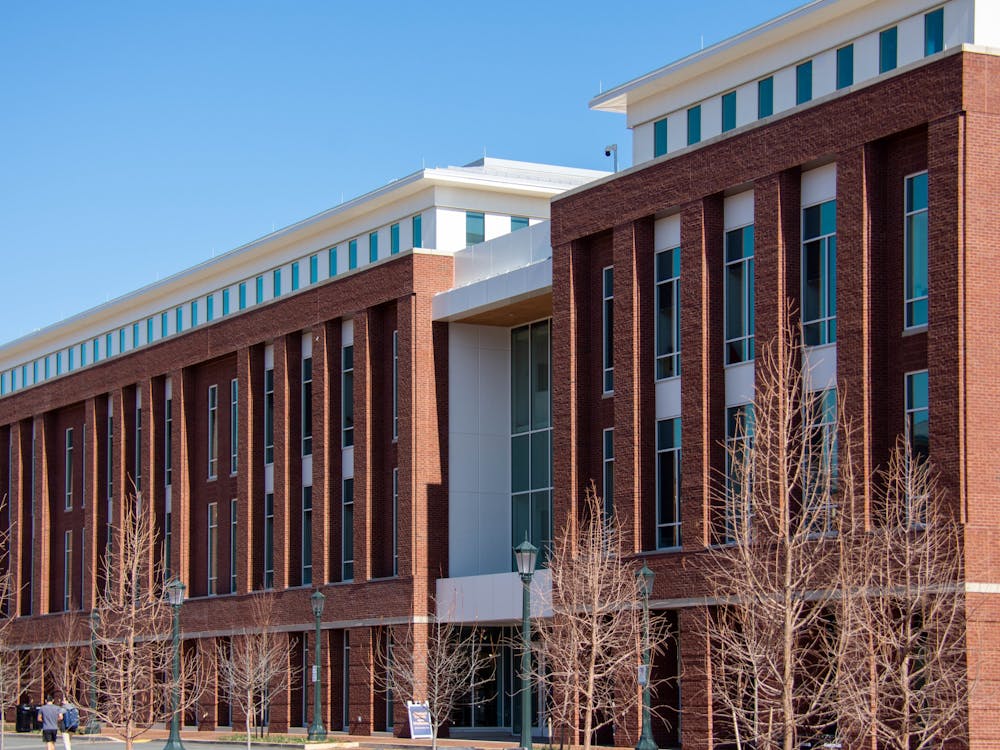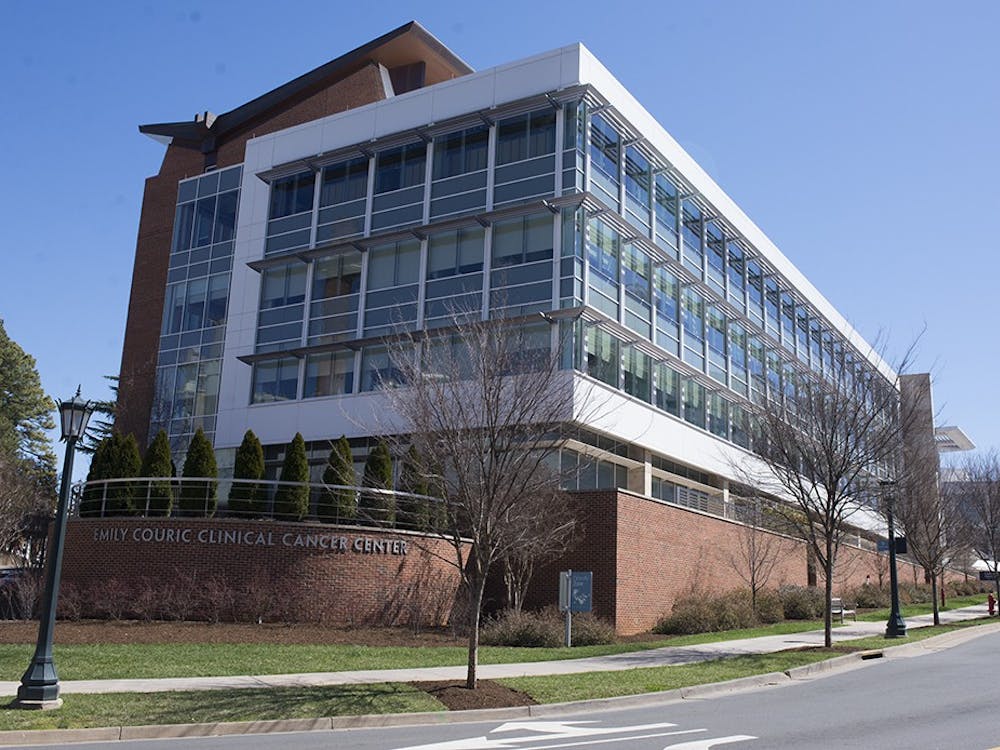Many people became more aware of the risks of radiation exposure following the earthquake and tsunami in Japan which damaged the Fukushima Daiichi nuclear plant. Similar concerns were raised about the North Anna Nuclear Power Station after a 5.8-magnitude earthquake struck Aug. 23 in Mineral, Va., a 45-minute drive from Charlottesville.
Although these events created legitimate cause for concern, they may have overshadowed the fact that human beings are exposed to radiation every day from sources such as ultraviolet and visible light, microwave ovens, TVs and power lines.
The main source of radiation comes from radionuclides - atoms with unstable nuclei, which cause them to emit radiation.
There are risks associated with radiation and radioactivity, but radioactive isotopes are vital to laboratory research and clinical care, including at the University, where scientists are conducting research involving radionuclides and using radiation-producing tests to diagnose patients.
"Biological systems such as cells do not distinguish between the isotopes," Pharmacology Prof. Kevin Lynch said. "Thus we can feed cells phosphorus-32 [a radionuclide] and measure the phosphorus-32 incorporated into various cellular components."
Other researchers at the University working in this area include Brandon Kenwood, a pharmacology doctoral student whose lab uses radioactive glucose to study the metabolic processes of cancer cells in the hopes of finding new treatments.
"Without radioactive material... we would not be able to trace a glucose molecule once it is metabolized," he said.
The field is changing, however. "I think that the use of radionuclides in biomedical research is less common than when I started in research 30 plus years ago," Lynch said. He attributed this to new technologies, which can detect different isotopes even if they are not radioactive. But currently "the sensitivity afforded by phosphorus-32 is not achieved by other methods," Lynch said.
University scientists also rely on data from a device which produces radiation - the cyclotron, a particle accelerator located at the Snyder Translational Research Building at Fontaine Research Park. This machine is one of the most advanced in the field of molecular imaging and allows researchers to image whole organs.
Allen Goode, lead medical physicist in the Medical Center's department of radiology, explained that this machine is particularly exciting for neurologists who are developing ways to use the cyclotron to diagnose dementia and Alzheimer's disease earlier in patients.
"The diagnostic value from some of these tests can't be achieved with other methods," he said.
Goode chairs the University Radiation Safety Committee's Human Investigations Involving Radiation Exposure subcommittee, which assesses the risk for patients involved in clinical trials requiring radiation exposure. As chair, Goode calculates how much radiation patients will be exposed to as a result of participating in the trial to ensure they are experiencing safe levels.
Goode described the goal in industry as "finding better ways to capture more information with [a lower] dose" of radiation and said he has seen first-hand how the industry has already improved.
When clinical trial applications are renewed, Goode is able to tell the doctors that the same procedures now expose patients to lower amounts of radiation.
The University's division of Environmental Health and Safety maintains a license from the commonwealth of Virginia to procure, use and store radionuclides and ensures compliance with all state and federal regulations. The EHS trains users, orders and delivers the radionuclides for the laboratories and properly disposes of radioactive waste.
"Researchers at U.Va. are very fortunate to have the support of the University's Environmental Health and Safety group," Lynch said, noting that researchers are not always able to substitute other techniques for the use of radionuclides.
Disasters like the one in Japan and, on a smaller scale, the one in Virginia draw the world's attention to the potential dangers associated with the controlled use of radioactive materials. Nevertheless, procedures involving radiation remain crucial for some scientific research and medical diagnoses at the University.






